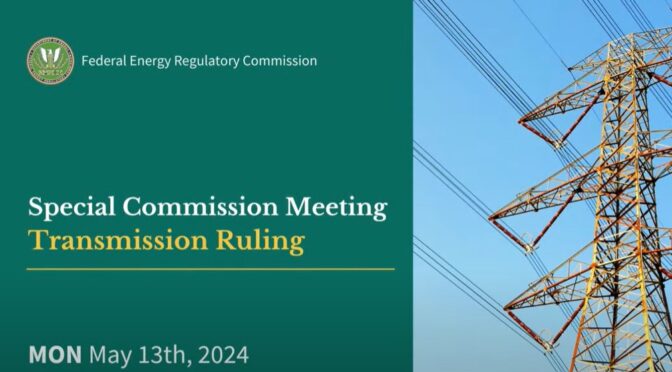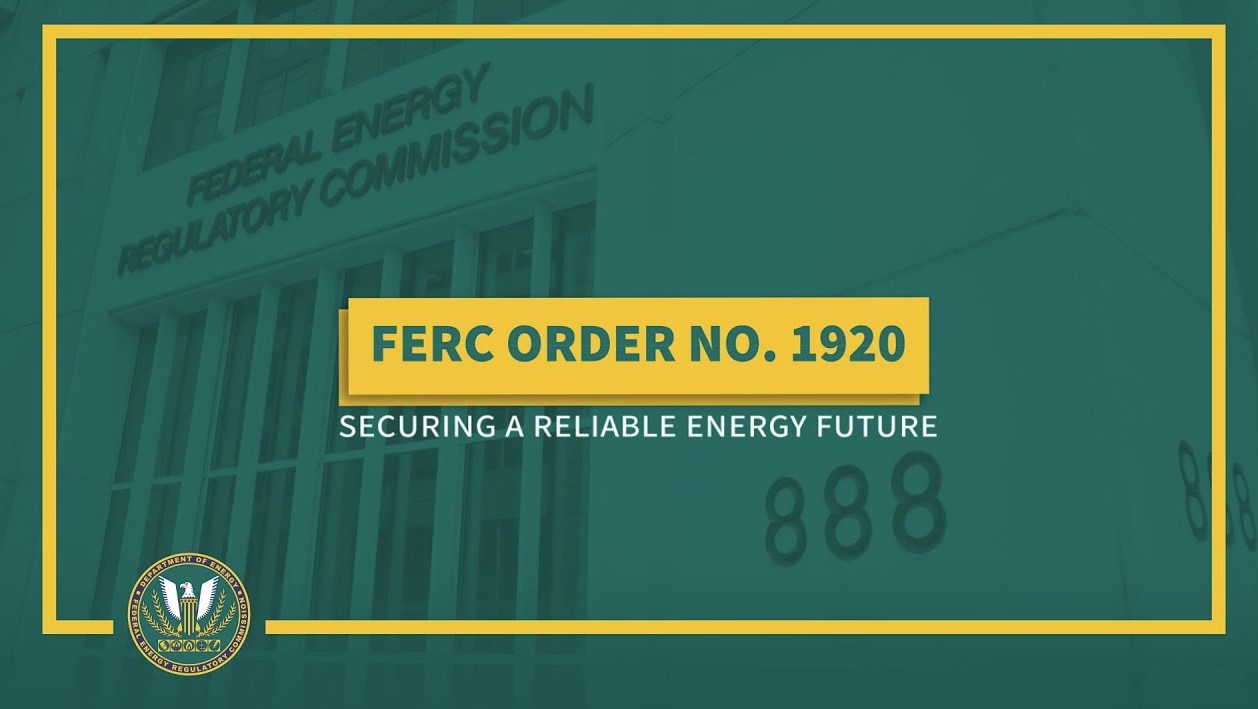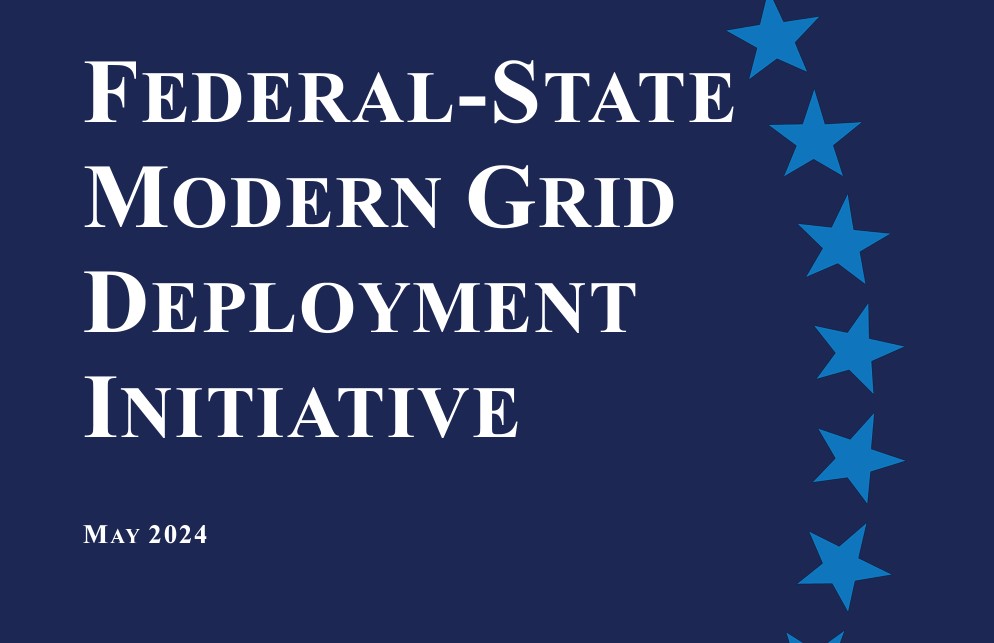Introduction:
The landscape of energy is constantly evolving, driven by technological advancements, regulatory frameworks, and the ever-growing demand for reliable power. In this dynamic environment, the Federal Energy Regulatory Commission (FERC) plays a pivotal role in ensuring the stability and efficiency of the grid. Recently, FERC introduced the Grid Expansion Rule, a comprehensive framework aimed at enhancing long-term transmission planning and facilitating the development of necessary infrastructure to meet future needs. At the heart of this rule lies a commitment to innovation, including the adoption of advanced conductors, among other technologies, to revolutionize the way we approach grid expansion and enhancement.
Long-Term Regional Transmission Planning:
One of the key components of the Grid Expansion Rule is the requirement for transmission operators to engage in long-term regional transmission planning. This involves the creation of a comprehensive regional transmission plan spanning at least 20 years, with periodic updates conducted every five years. Central to this planning process is the consideration of various scenarios and factors, utilizing the best available data to anticipate future needs accurately.
Additionally, the rule mandates the evaluation of specific benefits to determine the efficiency and cost-effectiveness of proposed regional transmission projects. This includes the incorporation of advanced technologies such as dynamic line ratings, advanced power flow control devices, and, notably, advanced conductors. By embracing these innovations, transmission planners can optimize the performance of the grid, increasing its capacity and reliability while minimizing environmental impacts and costs.
Cost Allocation and Transparency:
Another crucial aspect of the Grid Expansion Rule is the framework for cost allocation and enhanced transparency. Under this rule, customers only pay for projects from which they directly benefit, ensuring fairness and accountability in the allocation of costs. Transmission providers are required to engage with relevant state entities and stakeholders during the planning process, fostering collaboration and ensuring that diverse perspectives are considered.
Furthermore, the rule promotes transparency by mandating stakeholder meetings and information disclosure regarding local transmission planning. This transparency not only facilitates public participation but also enhances trust and confidence in the decision-making process.
Right-Sizing and Interregional Coordination:
The Grid Expansion Rule also emphasizes the concept of “right-sizing” transmission facilities, wherein existing infrastructure is modified or replaced with more efficient components to increase transfer capability. This approach maximizes the utilization of existing assets while minimizing the need for new construction, aligning with principles of sustainability and cost-effectiveness.
Moreover, the rule enhances interregional transmission coordination processes to promote efficiency and synergy across different regions. By streamlining coordination mechanisms and aligning planning efforts, the rule enables the seamless integration of transmission infrastructure on a broader scale, supporting the development of a robust and interconnected grid.
Conclusion:
FERC’s Grid Expansion Rule represents a significant milestone in the evolution of the grid infrastructure, setting a new standard for long-term planning, cost allocation, and transparency. By embracing advanced conductors and other innovative technologies, the rule paves the way for a more resilient, efficient, and sustainable energy future. As stakeholders across the electric power industry collaborate to implement these provisions, the grid will continue to evolve, ensuring reliable power delivery for generations to come.





